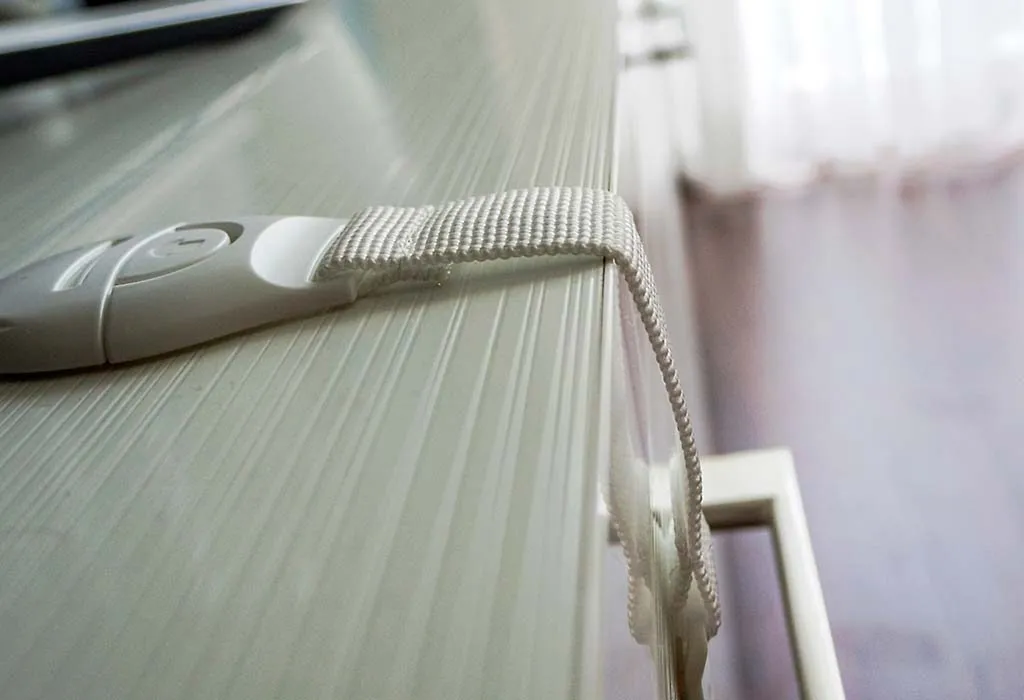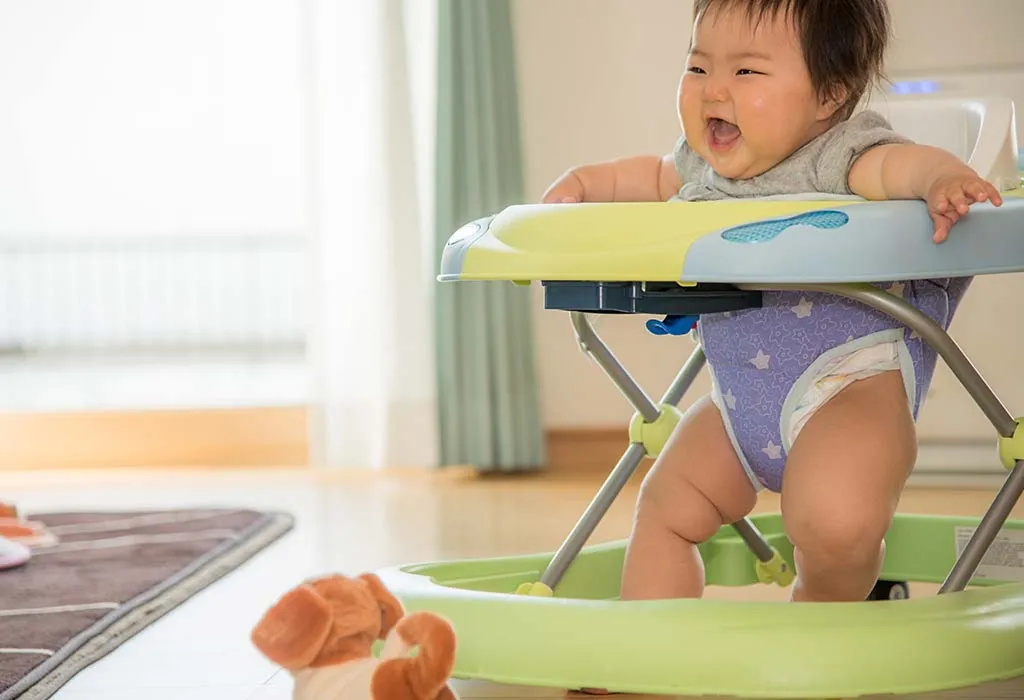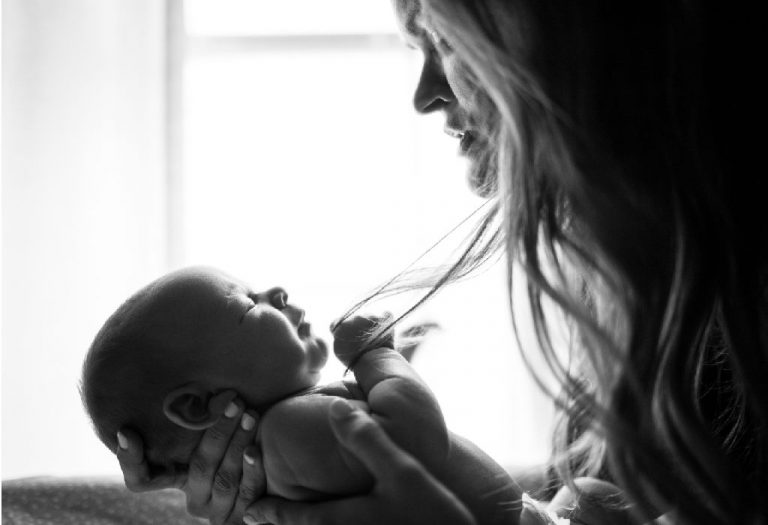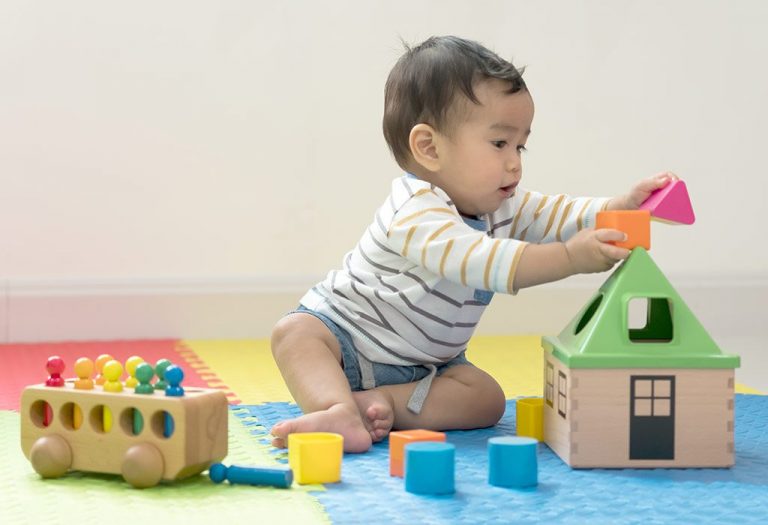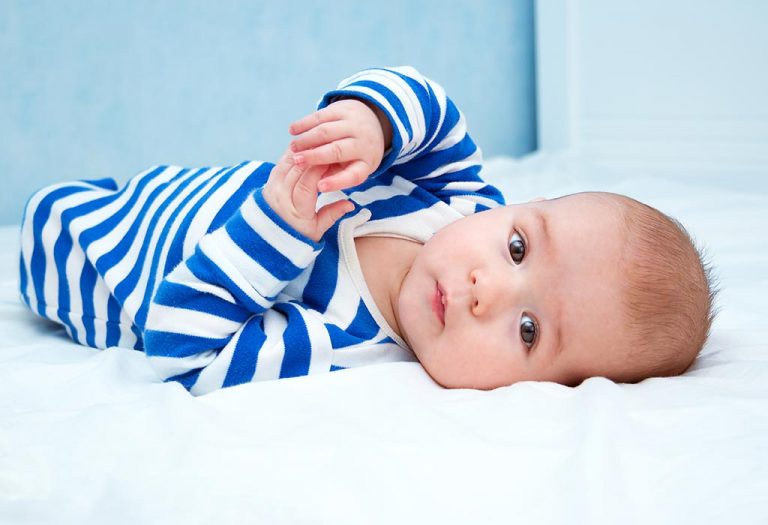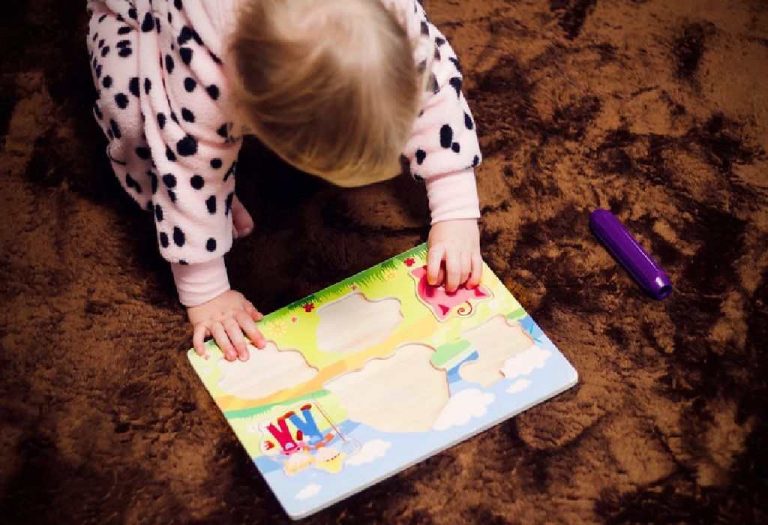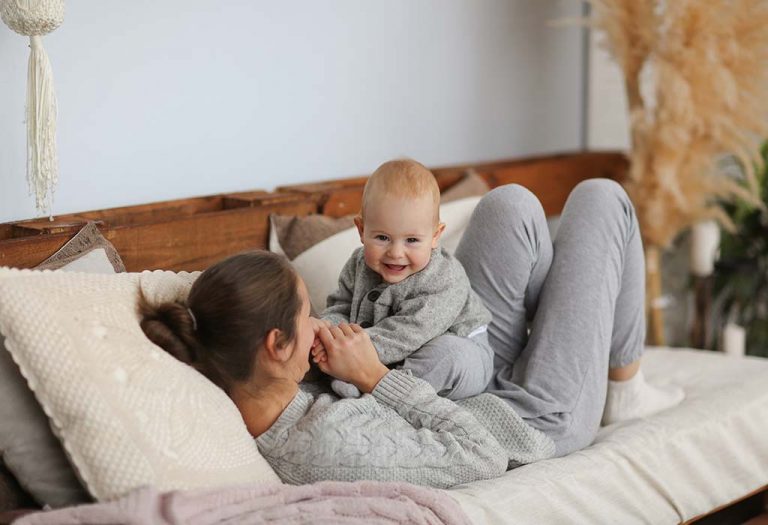Baby Cruising – Stages and Tips for Encouragement
All babies need to achieve milestones to develop into properly functioning adults. Crawling, walking, and talking are all milestones that parents look forward to as signs of healthy development. However, in addition to these more well-known milestones, there are other equally important ones. For instance, baby cruising, which refers to a baby moving around while holding onto furniture or other objects for support, is a key step toward independent walking. When it comes to these milestones, a lot of people often do not realize that cruising is an important one for their babies to reach. Cruising helps babies build balance, coordination, and strength, all essential for walking on their own.
What Is Baby Cruising?
Not all babies go through this stage, but cruising is one of the most important milestones in a baby’s life. It is when a baby begins to hold onto other objects or even your hands and uses them to pull herself up into a standing position. In this way, a baby will hold onto objects, like the edge of the table, and use it as support to walk. This walking while holding onto something for support is called cruising, and it is quite common to see baby cruising furniture.
When Do Babies Start Cruising?
What’s the baby cruising age? The age at when babies start to cruise is different for each individual. This is because cruising depends on how much your baby’s muscles have developed as she will need that muscle strength to pull them up and try to walk. Most babies start cruising at 7 months while others may start cruising at eight months or on or around their first birthdays (1).
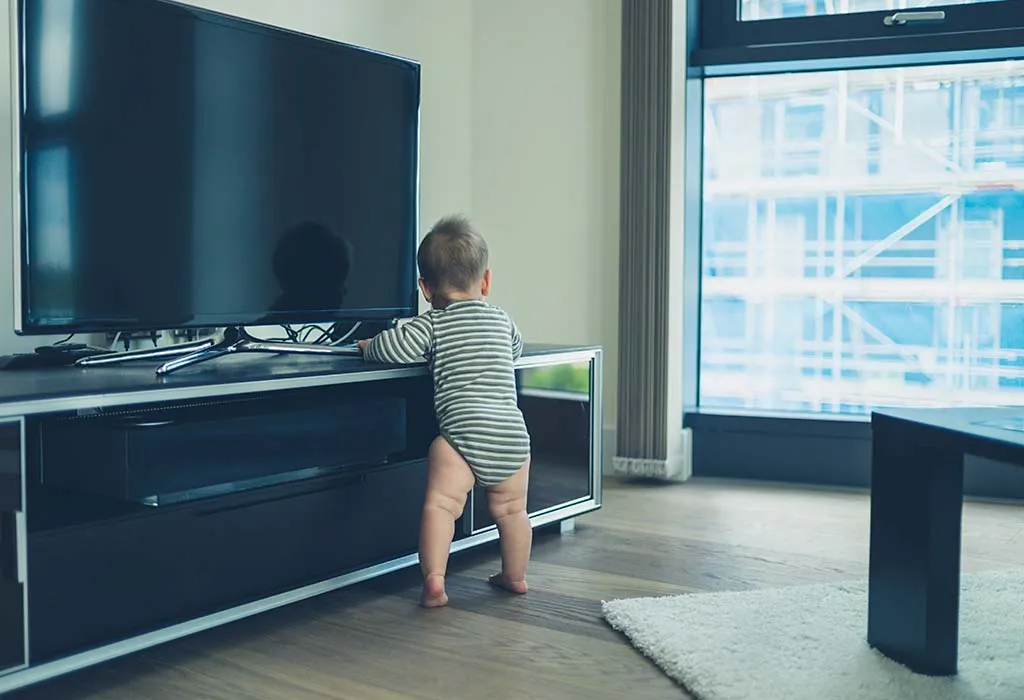
What Are the Different Stages of Baby Cruising?
Baby cruising is an exciting developmental stage where your little one starts moving around while holding onto furniture for support. This phase is a key step between crawling and walking. Here are the different stages of baby cruising:
- The first phase of cruising begins when your baby learns to stand. They might use various objects, your hands, or even toys to pull themselves up into a standing position.
- While babies have strong leg muscles to help with crawling, they may not yet have the endurance to stand for extended periods. As a result, they often alternate between crawling to reach something, pulling themselves up to stand, and then crawling again to move on.
- In the early stages of cruising, babies often grip an object with both hands for balance. If one hand loses its grip, they may either stay standing or lose balance and fall.
- Early cruising steps tend to be unsteady. Some babies may even move sideways while holding onto objects like walls, switching between crawling and cruising as they explore.
- As their leg muscles strengthen, babies may rely on just one hand for balance. Although their steps may still be wide and unsteady, they will become more confident, even if their foot placement isn’t yet precise.
- By the time your baby reaches around 12 months, they may feel secure enough to let go of both hands and take a few unsupported steps, enjoying their newfound mobility and independence. This signals the end of the cruising phase and the beginning of walking.
How to Encourage Your Baby to Start Cruising
Encouraging your baby to start cruising is a wonderful way to support their development as they move toward walking. Here are some steps you can take to help them get started:
1. Assist with Pulling Up
In the beginning, gently help your baby by pulling them up into a standing position. Praise them, even if they only manage to stand for a few seconds, as this will build their confidence.
2. Use Toys for Motivation
Place your baby’s favorite toys along the edge of a sofa or low surface to encourage them to pull themselves up and move along the furniture. This will help them practice balancing.
3. Baby-Proof Your Space
Make sure your home is safe by securing sturdy furniture, keeping sharp objects and dangerous items out of reach, and installing guards on stairways (2). This ensures your baby has a safe environment for cruising.
4. Support Their Balance
Once your baby is standing, continue offering support by staying close or holding their hands as they try to move. This guidance teaches them to balance and gives them the security to keep trying.
5. Create a Safe Cruising Path
Set up a space with furniture your baby can hold onto while moving around. Avoid objects that can collapse or have gaps where fingers can get caught, and create a safe path for exploration.
6. Encourage and Praise
Each time your baby stands or cruises, offer plenty of praise and encouragement. Positive reinforcement helps them feel confident and motivated to keep practicing.
How to Ensure Your Child’s Safety While Cruising
Ensuring your child’s safety while cruising is a top priority as they start exploring their environment. Here are a few key steps to keep your baby safe during this exciting stage:
- Make sure that the furniture your baby uses for support is sturdy and won’t tip over as they move around.
- Remove any sharp, poisonous, or small objects from areas your baby can access while cruising.
- Place safety gates at both the top and bottom of stairways to prevent falls, as your baby may not know how to safely navigate stairs.
- Keep items that can fold or collapse out of your baby’s reach to prevent their fingers from getting trapped.
- Ensure there are no obstacles in your baby’s cruising path that could cause tripping or falls.
Will Your Baby Need Shoes While Cruising?
Although it might be tempting to get your baby a pair of cute little shoes to protect her precious feet, it is actually much better to let your baby start cruising without anything on her feet. This way, she will build strength in the muscles of her legs, feet and the arches of the feet as well. Only when your baby takes at least a step without support should you consider buying a pair of shoes for her to walk in.
Do You Need to Buy a Baby Walker While Cruising?
Baby walkers are quite popular on the market, but before you run out to buy one for your cruising little angel, remember that walkers, contrary to their name, do not really teach your child how to walk. This is because your baby is still in a sitting position when using a walker which takes away from cruising baby development. Your baby will not learn how to cruise, which is a fundamental step for most babies so that they will learn how to walk. If you want your little one to go from baby cruising to walking, you can get her a pushchair. This will encourage her to be in a standing position and will support her cruising around the house to a certain extent. She will learn balance and support but will still be in control of her own movements with a pushchair.
FAQs
1. Can baby cruising affect the development of their walking style?
Yes, baby cruising helps strengthen leg muscles and develop balance, which are crucial for independent walking. However, some babies may favor side-stepping or walking with a wide stance while cruising, which can temporarily affect their walking style. This usually corrects itself as they gain more confidence and coordination.
2. How long does the cruising phase typically last?
The cruising phase can last anywhere from a few weeks to several months, depending on the baby. Some babies may begin cruising around 9-10 months and progress to walking within a month or two, while others may take longer before they feel confident enough to walk without support.
3. What should I do if my baby skips the cruising phase?
It’s not uncommon for some babies to bypass the cruising stage and go straight from crawling to walking. As long as your baby is meeting other developmental milestones and gaining strength and balance, skipping cruising is usually not a cause for concern.
When it comes to your little one, as a parent, you will obviously be very excited every time she reaches a certain milestone. So, it is imperative for you to know what they are and what to expect out of them. Cruising is an essential part of development for your baby and is the milestone she will reach just before hitting the walking milestone.
References/Resources:
1. Movement: Babies 8 to 12 Months; American Academy of Pediatrics; https://www.healthychildren.org/English/ages-stages/baby/Pages/Movement-8-to-12-Months.aspx
2. Home Safety: Tips for Families With Young Children; American Academy of Pediatrics; https://www.healthychildren.org/English/safety-prevention/at-home/Pages/home-safety-heres-how.aspx
3. Adolph. K; Developmental Continuity? Crawling, Cruising, and Walking (Developmental Science); National Library of Medicine; https://www.ncbi.nlm.nih.gov/pmc/articles/PMC3050596/; March 2011
4. Try These Activities to Encourage Walking; Pathways.org; https://pathways.org/activities-encourage-walking/
5. Childproofing Your Home for Poisons; American Academy of Pediatrics; https://www.healthychildren.org/english/safety-prevention/at-home/pages/childproofing-your-home.aspx
6. Movement, Coordination, and Your 8- to 12-Month-Old; Nemours Kids Health; https://kidshealth.org/en/parents/move812m.html
7. Your baby’s development: physical stages; NCT; https://www.nct.org.uk/baby-toddler/games-and-play/your-babys-development-physical-stages
Also Read:
Baby Creeping
Baby Clapping Milestone
Baby Speaking Milestone
Baby Eating Milestone
Was This Article Helpful?
Parenting is a huge responsibility, for you as a caregiver, but also for us as a parenting content platform. We understand that and take our responsibility of creating credible content seriously. FirstCry Parenting articles are written and published only after extensive research using factually sound references to deliver quality content that is accurate, validated by experts, and completely reliable. To understand how we go about creating content that is credible, read our editorial policy here.






